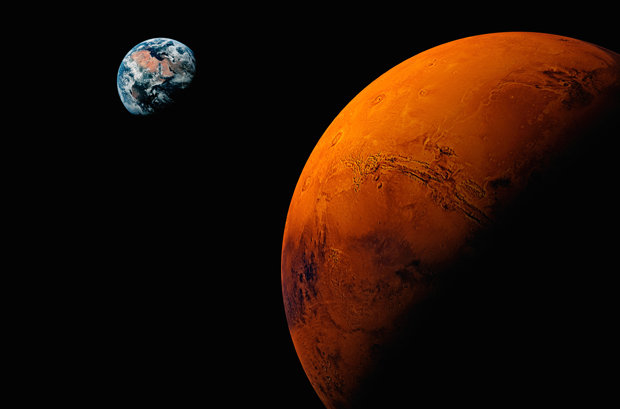
NASA to send first mission to study 'heart' of Mars
text_fieldsWashington: NASA is all set to send the first-ever mission dedicated to exploring the deep interior of Mars, the US space agency said Friday.
Scheduled to launch on May 5, InSight - a stationary lander - will also be the first NASA mission since the Apollo moon landings to place a seismometer, a device that measures quakes, on the soil of another planet.
"In some ways, InSight is like a scientific time machine that will bring back information about the earliest stages of Mars' formation 4.5 billion years ago," said Bruce Banerdt, principal investigator for InSight.
"It will help us learn how rocky bodies form, including Earth, its moon, and even planets in other solar systems," said Banerdt.
InSight or the Interior Exploration using Seismic Investigations, Geodesy and Heat Transport mission, carries a suite of sensitive instruments to gather data.
Unlike a rover mission, these instruments require a stationary lander from which they can carefully be placed on and below the martian surface, NASA said.
Mars is the exoplanet next door - a nearby example of how gas, dust and heat combine and arrange themselves into a planet.
Looking deep into Mars will let scientists understand how different its crust, mantle and core are from Earth, the US space agency said.
NASA is not the only agency excited about the mission. Several European partners contributed instruments or instrument components to the InSight mission.
France's Centre National d'Etudes Spatiales led a multinational team that built an ultra-sensitive seismometer for detecting marsquakes.
The German Aerospace Center (DLR) developed a thermal probe that can bury itself up to five metres underground and measure heat flowing from inside the planet.
"InSight is a truly international space mission," said Tom Hoffman, project manager at NASA's Jet Propulsion Laboratory (JPL).
"Our partners have delivered incredibly capable instruments that will make it possible to gather unique science after we land," Hoffman said.
InSight currently is at Vandenberg Air Force Base in California undergoing final preparation before launch, NASA said.
This week, it completed what is known as a spin test: the entire spacecraft is rotated at high speeds to confirm its centre of gravity.
That is critical for its entry, descent and landing on Mars in November, Hoffman said.























